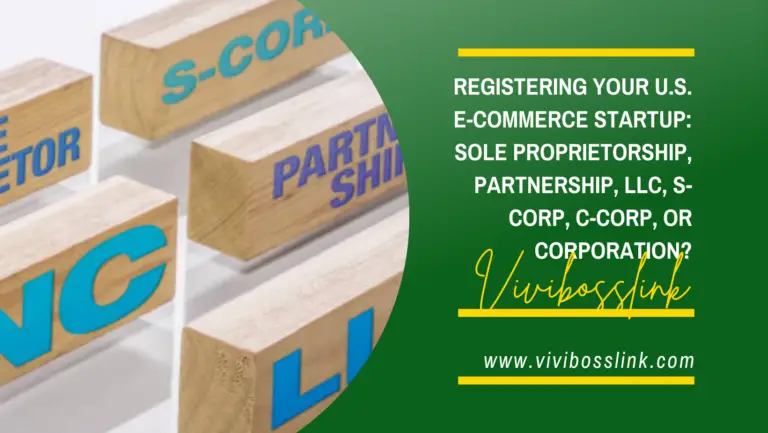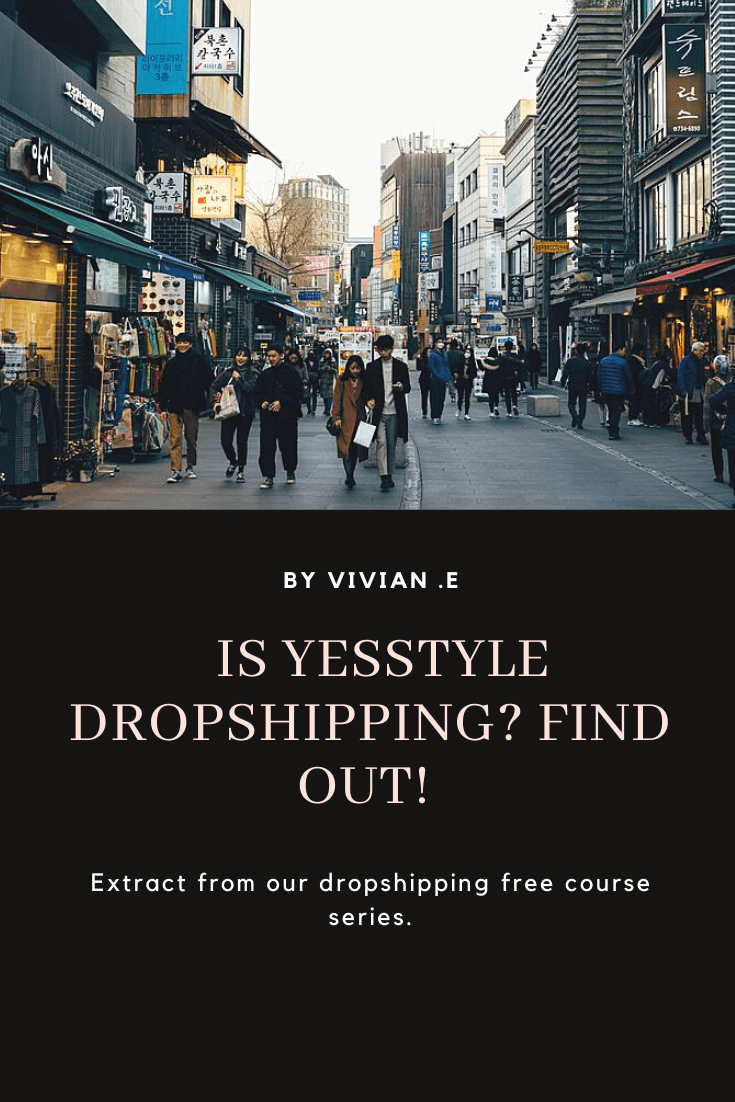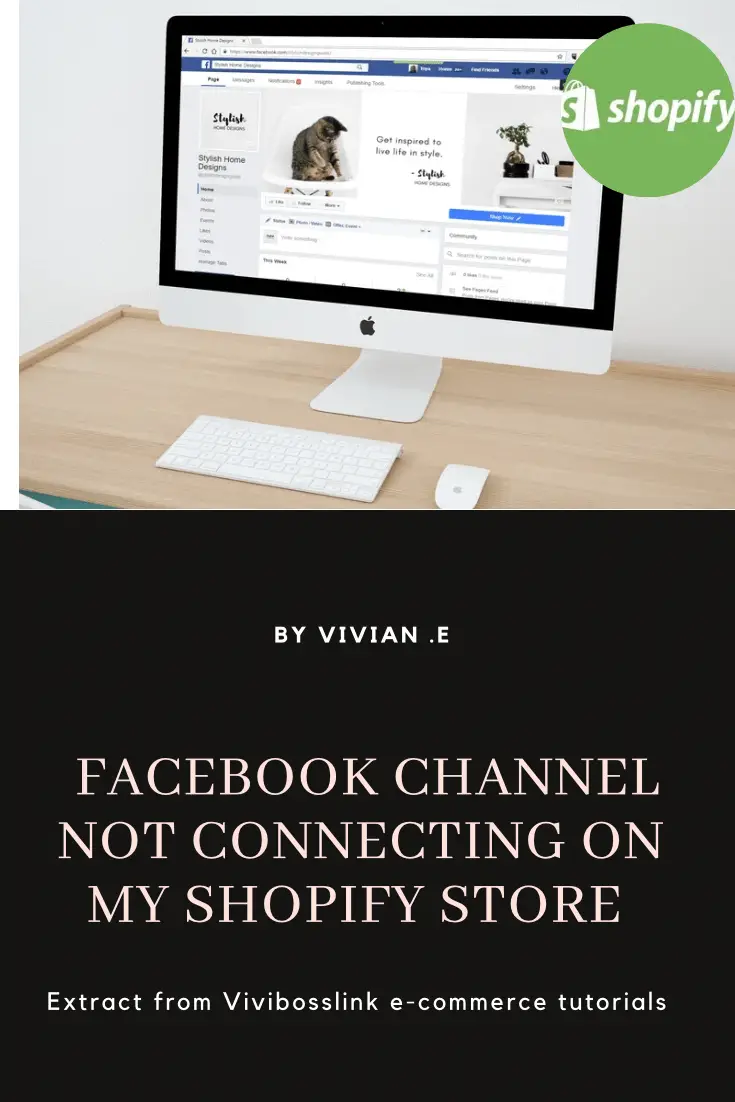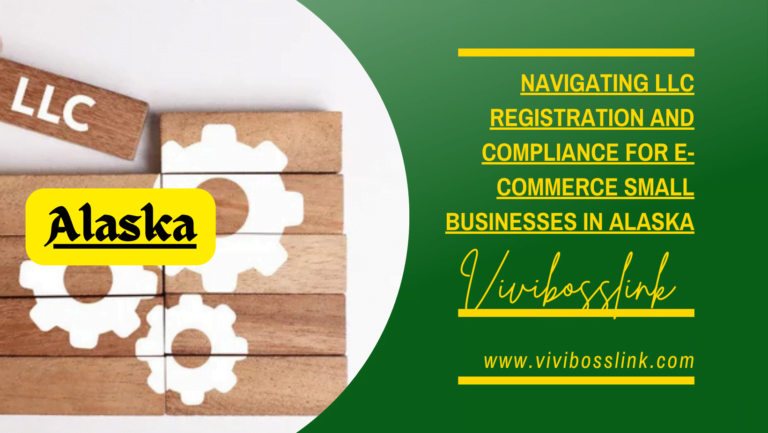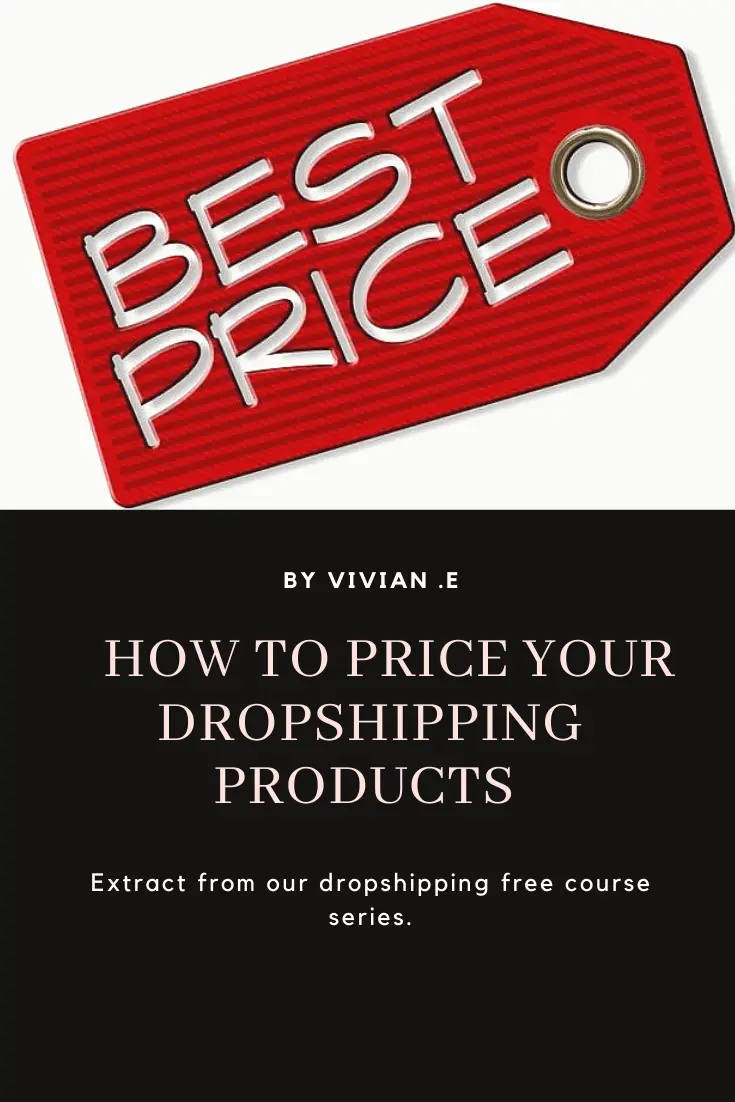
Pricing dropshipping products is something to approach constructively. The goal is to achieve a competitively priced product and earn a significant profit margin.
You’d want to study the target market and your competitors who are offering similar products into your target market then price your products competitively.
There are a few costs to consider when determining a price for your products. Let’s take a look at the considerations below;
Pricing dropshipping products- costs to consider;
- Payment processing fees; your payment gateway may charge you for processing payments that you receive on your store. Depending on what payment gateway you use, this processing charge varies. I recommend researching your payment getaway policies to understand the processing fee charges and factor that in when pricing your product.
- Applicable Tax; you can learn about USA taxes if you dropship in the USA, EU taxes if you dropship in the EU and Canadian taxes if you dropship in Canada. Depending on which country you are dropshipping, you need to have a good grasp of how their tax works, most especially their sales tax policies. You can then calculate what taxes you are required to remit and factor that into the price of your product. You can also choose to charge taxes separately from the product costs.
- Ads spend; Ads spend is another cost to factor in when deciding a price for your dropshipping business. Although when you’re just starting out, there is no way to know how much ads spend on the average will invariably lead to at least one sale. A good rule of thumb is to add two times the cost of the product’s supply price for a low ticket product (that’s product under $50) or one times the cost of the product supplier price for a mid to high ticket product (that’s product over $50). Regardless of how much you add to the actual supply product price, ensure that you’ve researched your niche and your product prices are competitive. Once you start running ads and you start getting real data on how much ads spend on the average leads to a sale, you should then adjust your product prices accordingly.
- Shipping cost; You need to understand the cost of shipping to your target market. It’s important to get fast and affordable shipping options. If you want to offer free shipping to your customers, you can add your shipping cost to the product price. You may also choose to charge shipping separately from your product price.
- Packages; A dropshipper usually doesn’t handle the cost of packages as it’s included in the supplier’s product prices however, there could be a need to factor in the price of packages in cases where a dropshipper has negotiated “private labelling” with a supplier. This means the dropshipper is asking the supplier to deliver the products in custom made packages usually bearing the dropshippers branded design and logo.
- Profit margins; when it comes to profit margins, the ball is in your court. I recommend adding a profit margin that the customers can bear and the one way to do so is definitely to research your niche and ensure that your products are priced competitively. A lot of things can affect your profit margin such as your business strategy and product presentation, for example if you are positioning your product as a luxury from its choice packaging to each and every detailing then your profit margins can easily be placed higher compared to non-luxury brands.
Competitive ecommerce product pricing techniques you should consider!
- RRP (recommended retail price- USA); This metric is more widely used in the USA and Canada. To find the RRP of a product, as a dropshipper, you can simply ask your supplier for the RRP of a product. Your supplier might be able to give you this information based on information handed to him by the manufacturer for who he supplies. Also If the manufacturer is a known brand and has a website, you can do your research to get any indication of their recommended retail price. You can price your dropshipping product below or above the RRP. The RRP gives you a guide as to how competitively your product is priced.
- MSRP (Manufacturer’s suggested retail price); Basically as a dropshipper you can easily find the MSPR of a product by asking your supplier what the recommended retail price of that product is. Most often suppliers would know the Recommended Retail Price of a product based pricing information handed to them by the manufacturers of the products for who they supply or how much the products are sold at by their other retail and dropshipping partners. You can price your dropshipping product below or above the MSRP.
- SRP (Suggested retail price); the SRP of a product can simply be known by researching your competition and understanding the average price for which they sell the product in your target market. You can price your dropshipping product below or above the MSRP. The MSRP gives you a guide as to how competitively your product is priced.
- MRP (Maximum retail price); this metric is widely used in india. It is the maximum price for which you can retail a product and you shouldn’t price a product above the MRP. This only applies if you’re dropshipping in a country that uses the MRP metric such as India. You can find the MRP by simply inquiring from your supplier or researching the manufacturer.
Conclusion
Pricing is an important aspect of ecommerce and dropshipping businesses. Its recommended to factor in your costs (cost of product, shipping, taxes, adspend packages etc), add your profit, research your target market and ensure that your products are competitively priced.
Happy dropshipping guys!
Next page
There are many ecommerce platforms where you can build a dropshipping website. We have tutorials on our recommended top 3 platforms.
Select one and learn to create to a dropshipping website on it.
Don’t know which platform to pick? Check out our review of the platforms.
This tutorial is part of our free dropshipping course. You can check our dropshipping course outline here.


